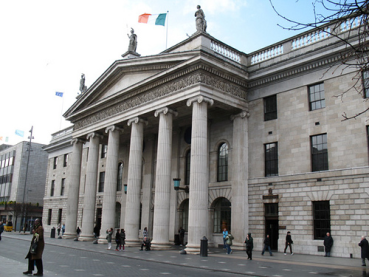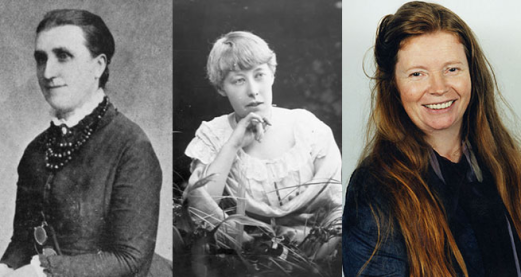Viewing this on a tablet or mobile device?
For the best experience, view this timeline with the screen facing sideways/landscape on your smart phone or tablet.
Delve deeper...
-

What was the Easter Rising?
Watch now to access more details of What was the Easter Rising?How close did the Easter Rising come to achieving the aims of its leaders?
Video
Level: 1 Introductory
-

Three Irish poets - introduction
Read now to access more details of Three Irish poets - introductionA look at three female Irish Poets – Ellen O'Leary, Katharine Tynan and Nuala Ní Dhomhnaill.
Article
Rate and Review
Rate this activity
Review this activity
Log into OpenLearn to leave reviews and join in the conversation.
Activity reviews